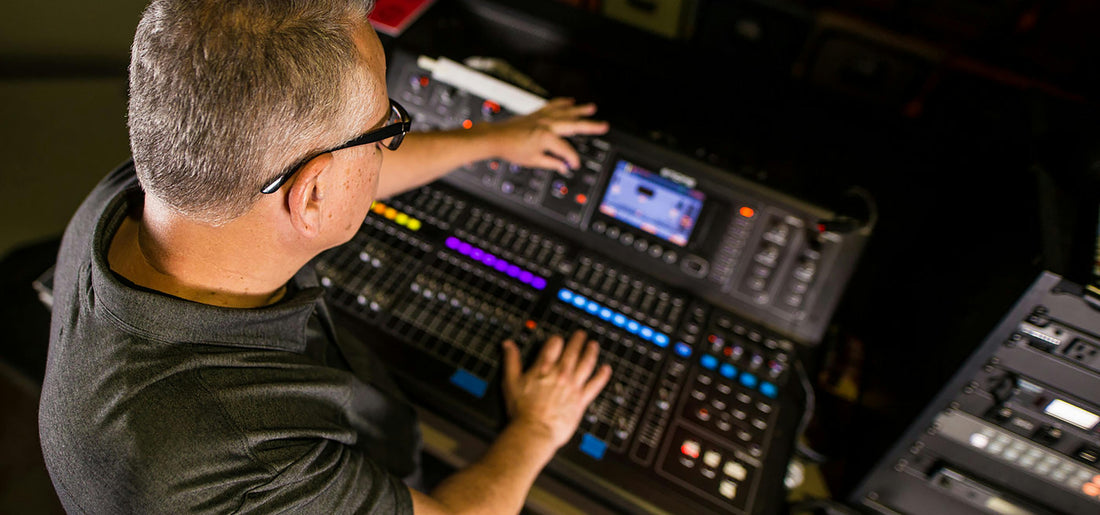Sampling is a common practice in music production where a portion of a sound recording is reused in a new composition. It has played a crucial role in genres like hip-hop, electronic music, and pop, allowing artists to blend sounds and create innovative tracks. However, the legal landscape surrounding sampling is complex and can lead to significant legal and financial risks if not handled correctly. This guide will walk you through the essentials of the legal side of sampling, including licensing, permissions, and best practices to ensure your music projects stay on the right side of the law.
What Is Sampling in Music?
Sampling involves taking a segment of a sound recording—be it a melody, rhythm, vocal, or other audio element—and incorporating it into a new track. This practice can range from a short snippet of a drum beat to an entire chorus of a song. The sample can be altered, looped, or manipulated to fit the new piece's artistic vision. There are different types of samples used in music production. Direct sampling involves using an exact portion of an existing recording, while interpolation is when a melody or section of a song is recreated by re-recording rather than using the original recording. Chopping refers to dividing a sample into smaller parts and rearranging them to create a new sound. Looping involves repeating a sample to create a continuous sound.
Why Is Sampling Legally Complicated?
When you sample a recording, you're dealing with two distinct types of copyrights. The sound recording copyright protects the actual recording of the music and is usually owned by the record label or producer. The musical composition copyright covers the underlying music and lyrics, typically owned by the songwriter or music publisher. To legally use a sample, you must clear both copyrights unless the sample is in the public domain or falls under fair use.
The Legal Process of Clearing a Sample
Clearing a sample involves obtaining permission from both the sound recording and composition copyright holders. This process typically includes negotiating a license with the record label for the sound recording and obtaining permission from the music publisher for the musical composition. Different types of licenses are required depending on how the sample will be used. A master use license is granted by the owner of the sound recording, usually a record label. A mechanical license is required to reproduce and distribute the sampled material. A synchronization license is needed if the sample will be used in a video, such as a music video or commercial. Additionally, a public performance license is necessary for public performances of the track containing the sample.
Fair Use: A Potential Loophole?
Fair use is a legal doctrine that allows limited use of copyrighted material without permission for purposes such as criticism, commentary, news reporting, education, or research. However, using fair use as a defense for sampling is risky and seldom applies to commercial music. Courts consider several factors when evaluating fair use, including the purpose and character of the use, whether the new work is transformative or merely a copy, and the nature of the copyrighted work. They also assess the amount and substantiality of the portion used and whether the new work affects the market value of the original. Since music sampling is often commercial and not for educational or critical purposes, the fair use defense is rarely successful in this context.
What Happens If You Don’t Clear a Sample?
Uncleared samples can lead to severe consequences, including lawsuits, financial penalties, and injunctions. Copyright holders can file lawsuits for damages, sometimes in the millions, and courts can award statutory damages that may include lost profits, licensing fees, and punitive damages. Injunctions may prevent the distribution of your music, and you could suffer reputational damage, impacting your career. Some high-profile sampling lawsuits illustrate the risks. In the case of "Bitter Sweet Symphony" by The Verve, the band used a sample from an orchestral version of a Rolling Stones song. While they had secured permission for the recording, they had not cleared the composition, leading to a lawsuit where The Rolling Stones received 100% of the song's royalties. Another example is the "Blurred Lines" lawsuit involving Robin Thicke and Pharrell Williams, where Marvin Gaye’s estate claimed the song copied the "feel" of Gaye's "Got to Give It Up." The result was a $7.4 million settlement.
How to Legally Sample Music
To avoid such pitfalls, there are specific steps to legally sample music. Start by researching the sample to identify the song, its copyright holders, and whether it is copyrighted or in the public domain. Contact the copyright holders, which may involve reaching out to record labels and music publishers. Be prepared to negotiate licensing terms, including discussions about royalties, flat fees, or a combination of both. Ensure all permissions are documented in a legally binding agreement and maintain records of all communications and agreements. Taking these steps can save you from the legal and financial risks associated with sampling.
Alternatives to Sampling
If obtaining a sample license seems daunting, there are alternatives to sampling that allow you to maintain creative freedom without the risk of legal issues. You can use royalty-free samples available on many websites, offering high-quality samples free to use in commercial projects. Creating your own samples is another option, such as recording original sounds or using sample packs like those offered by Cedar Sound Studios to avoid copyright issues. Another approach is to hire musicians to recreate the sound or melody you wish to sample, giving you more creative control and avoiding copyright concerns.
Best Practices for Sampling
When it comes to sampling, following best practices can help safeguard your work. If you're unsure about legalities, seek legal advice from an entertainment lawyer to avoid costly mistakes. It is important to understand your license thoroughly, knowing exactly what you are allowed to do with the sample. Properly crediting original artists in your new work not only demonstrates respect but also helps avoid potential disputes. These best practices contribute to a transparent and legally sound sampling process.
Conclusion
Sampling can add a powerful creative element to your music, but it requires careful navigation of the legal landscape. Always clear your samples and understand the licenses required to avoid legal repercussions. Consider alternative methods such as royalty-free samples or original recordings to maintain creative freedom without legal risks. By adhering to best practices and securing the necessary permissions, you can continue to innovate and produce music that resonates with your audience while staying legally compliant. if you are looking for sample packs that you can use without worrying about legal repercussions be sure to check out our collection at cedarsoundstudios.com

